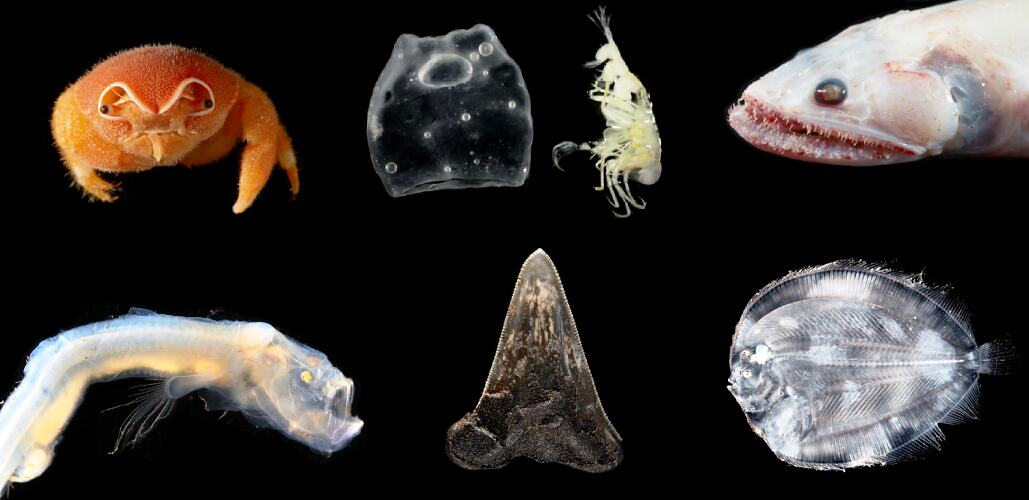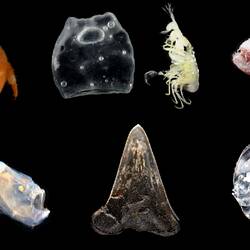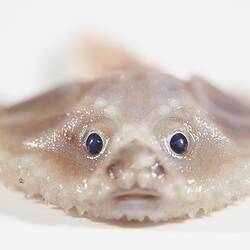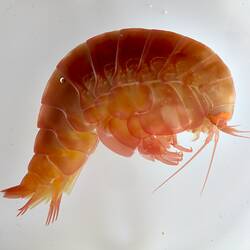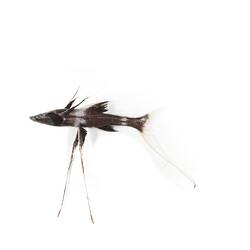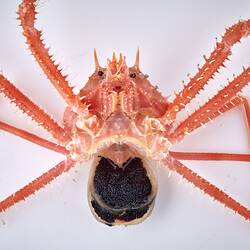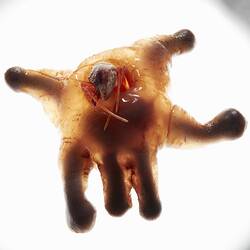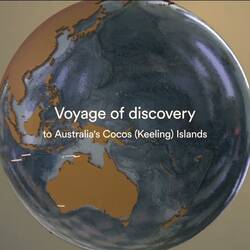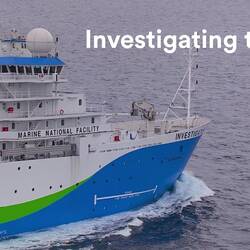The deep sea remains one of the most unexplored environments on Earth. New scientific voyages are now revealing amazing underwater seascapes, from sandy plains to huge mountains and even extinct volcanoes. The animals that live at depth in this hidden environment kilometres below the surface can often look quite different from their beachside cousins. Adaptations like fangs, lights and gelatinous skin flaps which may look strange to us are often just fantastic responses to the deep, dark, freezing habitats these animals live in, where they have developed innovations to cope with pressure, predators, and limited food resources.
Australia's Indian Ocean Territories (IOT) are very remote from the Australian mainland, uniquely located in the western Indian Ocean at a confluence of currents - with the south equatorial current powered by strong flows from the Pacific via the Indonesian Through Flow (ITF) as well as the circulating south and north Indian Ocean gyres. This location, along with the presence of numerous ancient seamounts (underwater mountains) and islands emerging from an abyssal oceanic seafloor, meant that while little was known about the offshore marine life in this region, the environment was considered highly likely to support distinct biological communities for Australia.
The Investigating the IOT survey led by Museums Victoria and supported by CSIRO Marine National Facility and Parks Australia was the first dedicated and extensive expedition to assess the deep-sea benthic biodiversity of Australia's Indian Ocean Territories (IOT). The survey took place over two voyages, the first from 30th June to 29th July 2021 (Voyage IN2021 V04), and the second from 30th September to 3rd November 2022 (Voyage IN2022 V08). Each voyage was supported by an international team of scientists, technicians, and crew on board the RV Investigator, and conducted biological sampling and seafloor and seamount mapping in the waters around Christmas and Cocos (Keeling) Islands to the north-west of Australia.
Biological samples were collected from the seafloor at different depths (from 100 m to 5400 m) using scientific sleds and nets, while a water chemistry instrument (called a CTD) was used to assess ocean chemistry and temperature and collect water samples for eDNA. A series of seamounts including those underlying Christmas and Cocos (Keeling) Islands were extensively mapped and surveyed - some of these revealed for the first time. Photography, tissue sampling, identification, databasing and preservation of deep-sea specimens was conducted in the laboratories onboard. A deep-towed camera system was also deployed at some sites to capture footage of the environment and its animals.
Revealing this previously hidden world to the Australian public was also an important component of the voyages. Photography and media from the voyages and subsequent lectures, talks and articles have been used to engage and educate national and international audiences. An onboard education program led by Bush Blitz- also created a 'floating classroom', with many live crosses to schools around Australia and community groups on the islands which included Q&A with the scientists and technicians at work.
The results of the Investigating the IOT?voyages will be crucial to understanding Australia's deep-sea habitats, including what lives in them, what their ecology is and what impact humans may be having on them. Many of the sampling sites fell within the recently established Christmas Island and Cocos (Keeling) Islands Marine Parks. Information from the voyages will be crucial to inform management and conservation efforts in these parks which cover a huge area (744,000 square kilometres) and are the two newest additions to the national network of Australian Marine Parks.
The specimens collected are now housed in the collections at Museums Victoria, CSIRO, and other Australian state museums, where they will be examined and identified by taxonomists, and continue to be preserved and studied for future research in the decades to come.
More Information
-
Keywords
-
Authors
-
Article types
